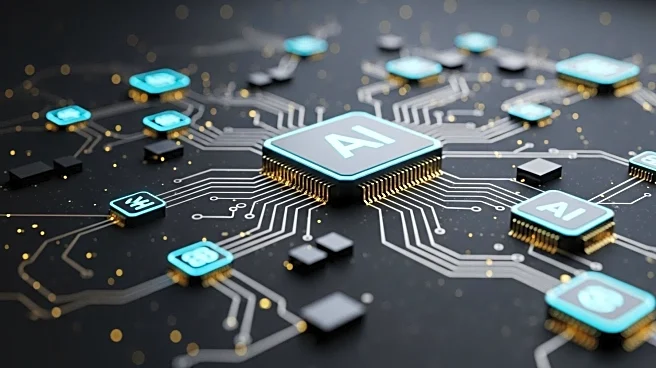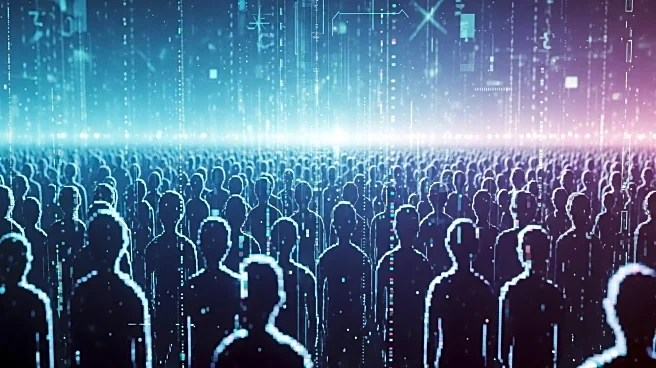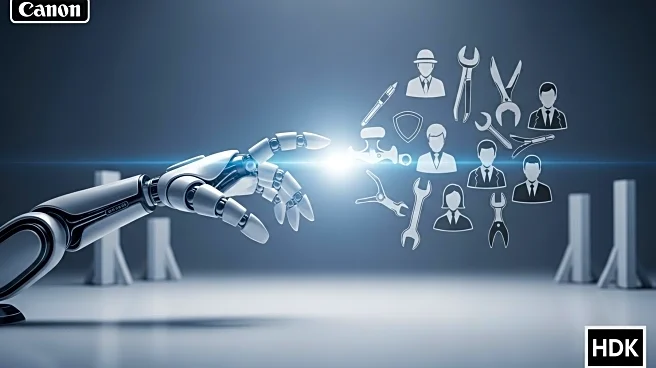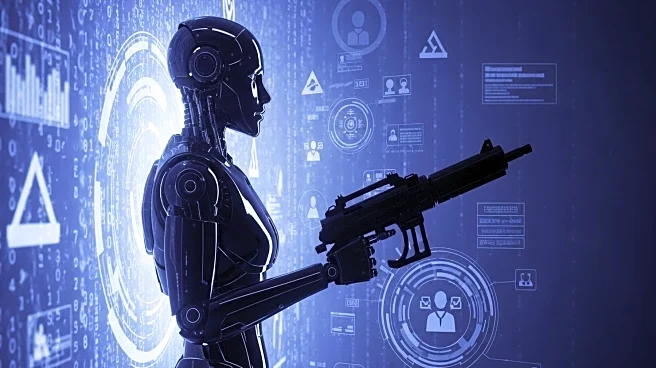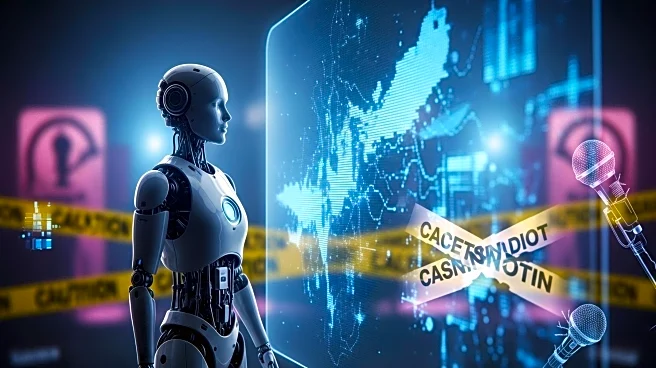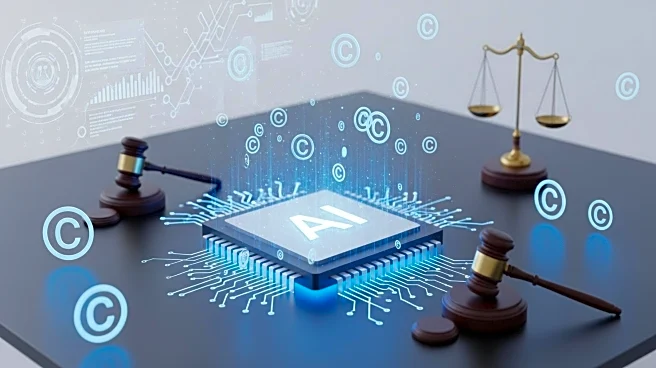What's Happening?
Recent advancements in artificial intelligence (AI) have highlighted a disparity in the improvement of AI skills, with some areas progressing faster than others. This phenomenon, referred to as the 'reinforcement gap,' is largely driven by the application of reinforcement learning (RL). AI coding tools, such as GPT-5 and Gemini 2.5, have shown significant improvements due to the ability to conduct billions of measurable tests, which facilitate the training of these systems to produce workable code. In contrast, AI applications in areas like email writing have seen slower progress, as these tasks lack clear pass-fail metrics and are more subjective in nature. The reliance on RL has become a major factor in determining which AI capabilities can be developed into functional products.
Why It's Important?
The reinforcement gap has significant implications for the technology industry and the broader economy. Skills that are easily testable and can benefit from RL, such as bug-fixing and competitive math, are advancing rapidly, potentially leading to increased automation in these areas. This could result in job displacement for workers in fields that are susceptible to automation. Conversely, skills that are harder to test, such as creative writing or customer service, may see slower AI integration, preserving human roles in these sectors for longer. The ability to automate certain processes will likely shape the future of various industries, influencing economic growth and labor market dynamics.
What's Next?
As reinforcement learning continues to play a central role in AI development, the reinforcement gap is expected to widen. This could lead to further advancements in AI capabilities that are easily testable, while other areas may lag behind. Companies and startups will need to assess the testability of their processes to determine their potential for automation. The ongoing development of AI models, such as OpenAI's Sora 2, which has shown unexpected progress in AI-generated video, suggests that the boundaries of what can be automated may continue to expand, potentially reshaping industries and the economy.
Beyond the Headlines
The reinforcement gap raises ethical and societal questions about the future of work and the role of AI in society. As AI systems become more capable of performing tasks traditionally done by humans, there is a need to consider the impact on employment and the potential for increased inequality. Policymakers and industry leaders must address these challenges by developing strategies to support workers affected by automation and ensuring that the benefits of AI advancements are distributed equitably.

